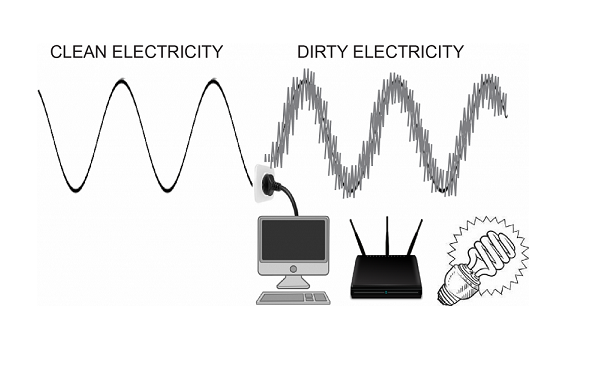
What is Dirty Power? Simplified.
Everyone’s heard of dirty power, sometimes called dirty electricity, but not many people can explain exactly what it is or where it comes from. What is dirty power? We innately realize dirty power is bad, partially because the name implies it is. The real problem here is what dirty power does to our electronics and how that ultimately affects our daily lives. Here it is, simplified.
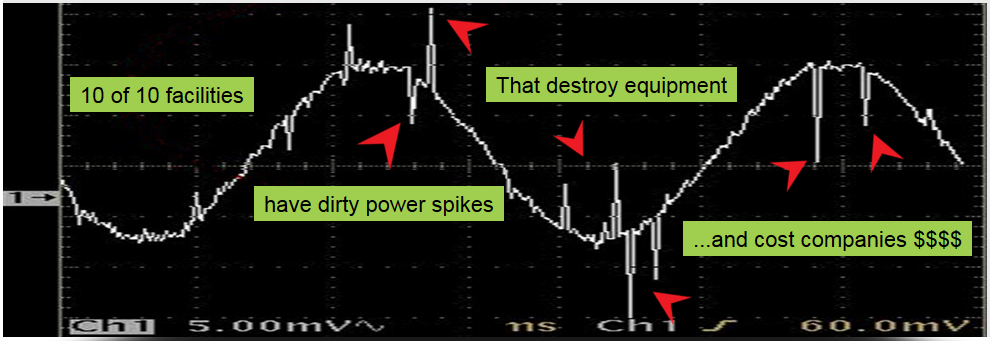
People often call us to repair their high-dollar entertainment systems and smart homes. After we roll a truck to the location, we see firsthand what the problem is and often enough, what caused it. Customer’s ask: “What causes electronics to hang up?” or “Why am I having equipment failure?” The answer is rather simple; most of today’s electronics are controlled by variable frequency drives, programmable logic controllers, (PLCs), and sensitive micro-processors. The power that feeds these devices comes from a power grid that was designed and built a century ago. [1]
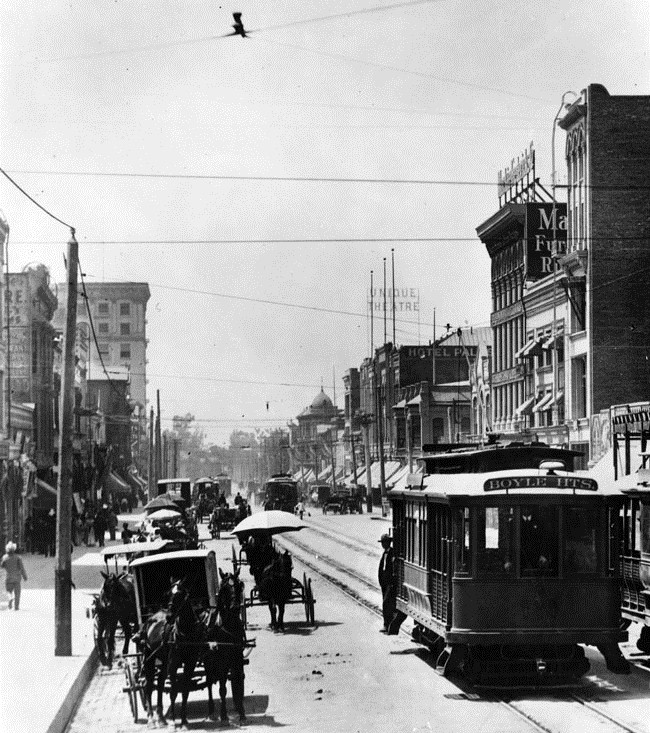
Back then, a whole house could run on 60 amps and there was only 1 power plant. Now we have a mix of several different power sources[2] from hundreds of different power stations and sub-stations. Every time a station comes online or cuts power there is a disturbance in the force. Exacerbating this problem to an even greater degree is the way electronic devices are used nowadays. Devices don’t just hook onto the grid the way they used to. Devices are powered with wide and varied specifications. For example, your cell phone may charge using only 5 Volts, your scanner 24 volts, your TV 120 volts, your air conditioner 240 volts etc. – Every time one of these devices turns on or off it causes the line voltage to fluctuate inducing transient power spikes. If these spikes are large enough, they will damage electronic equipment instantly. The smaller effects are often cumulative meaning the damage done to the circuitry increases over time until the device fails permanently. Another problem with electronic devices attached to the structure’s wiring is harmonics. This type of feedback loop will introduce noise to a standing wave. Once this dirty power is created it spreads to every other device in the building and even to other buildings via the power lines.
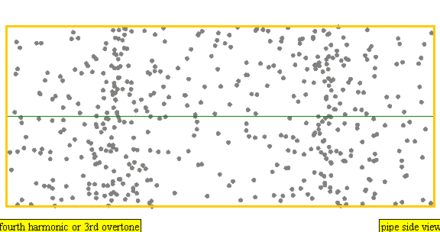
To solve this problem and protect the electronics in your home you need to “clean the power”. This can be done in a variety of ways. You can use filters, isolation banks, etc. Power storage systems use rectifiers to put dirty electricity into a battery (Direct Current or DC) which in turn get inverted into clean (Alternating Current or AC) electricity for your home. Everyone knows clean power is critical in reducing electrical maintenance costs and extending equipment life. But clean power doesn’t exist very long at all. The very act of toasting bread, running a vacuum, or switching an air-conditioning unit can introduce “electric filth” onto a power-line.
So, what can you do to make certain you have clean power running to your home’s electronics?
The best solution is to install an energy storage system that cleans the power before it gets into your home. Not only do these systems provide perfectly clean power to your whole home, they can act as a battery backup in case of emergencies and save you a bundle on your electricity bills by shifting your power consumption to off-peak hours. Next, keep induction devices like vacuum cleaners, space heaters, hair dryers, clothes dryers and toasters on their own circuits. High power consumption devices do a lot of damage to precision electronics. Finally, install a quality power conditioner in between the outlet and your audio & video equipment. There are dozens of high-quality brands from which to choose, each with their own strengths and weaknesses. Contacting Haas Entertainment for your specific situation is a smart idea as our advice is always free.
Haas Entertainment endeavors to remain brand-agnostic regarding energy storage systems. Our belief is that a home should have anything rather than straight power from the utility pole. That said, we feel comfortable recommending either of the two major brands; Sonnen and RoseWater. Bear in mind they are vastly different products that play in the same space. An in-depth discussion with our system engineers will help you decide which system is right for your home or business. The excerpts below are from their respective manufacturers.
The RoseWater Energy & Storage System is widely considered the most intelligent residential energy solution on the market today. It offers a seamless, cost-effective total system integration solution using a dual inverter system with solar input that blends power conditioning, backup, and renewable energy management into one pre-assembled, configured and integrated platform; in essence transforming the electrical system in place into a self-sustaining micro-grid.
https://rosewaterenergy.com/wp-content/uploads/2018/05/rose_hubSB20_comp_2018_02_01.pdf
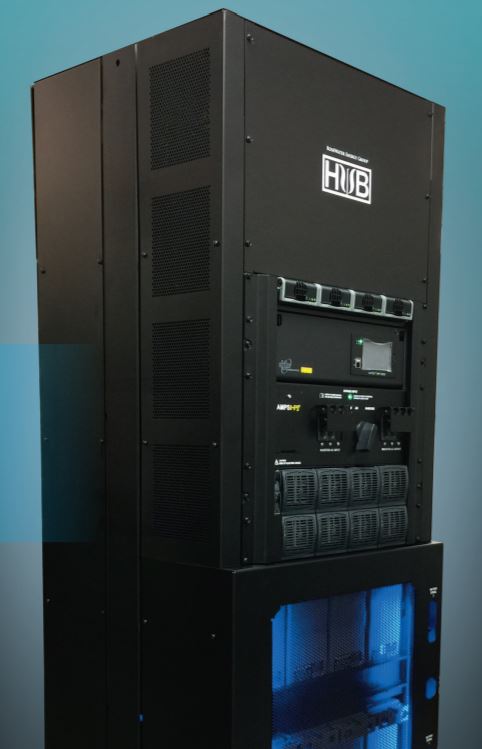
The sonnenBatterie eco is an energy storage solution that utilizes intelligent energy management software. It is easily adaptable to your individual needs. The system is available in a variety of storage capacities and configurations, allowing for extensibility and expansion. sonnenBatterie eco allows you to save money every single day by harvesting energy from your solar PV system or the grid when it is cheapest and using the stored energy from the battery to power your home when rates are more expensive.
https://sonnenbatterie.de/en-us/sonnenbatterie

If you are designing or building a new home or even if you are considering a remodel, make sure to install a reliable, clean, long-lasting, intelligent, energy storage system. It will provide utility bill savings, equipment protection and greater energy independence. Plus, you’ll be contributing to a greener environment.
Follow Haas Entertainment on Facebook.
[1] https://waterandpower.org/museum/First%20Electricity%20in%20Los%20Angeles.html
[2] https://ww2.energy.ca.gov/almanac/electricity_data/total_system_power.html
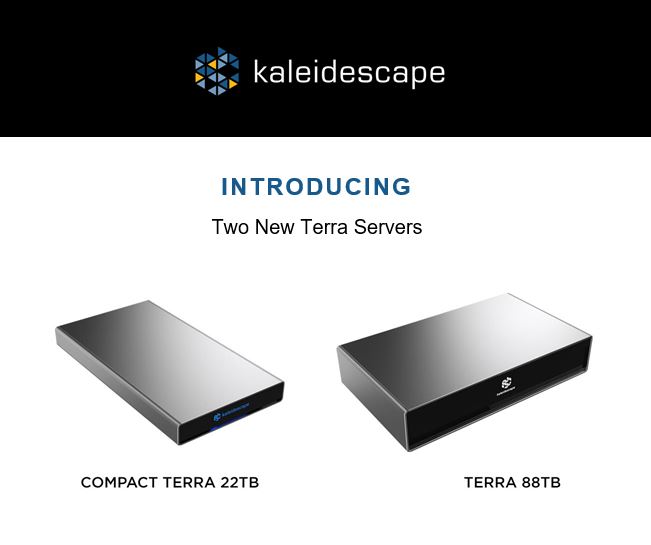

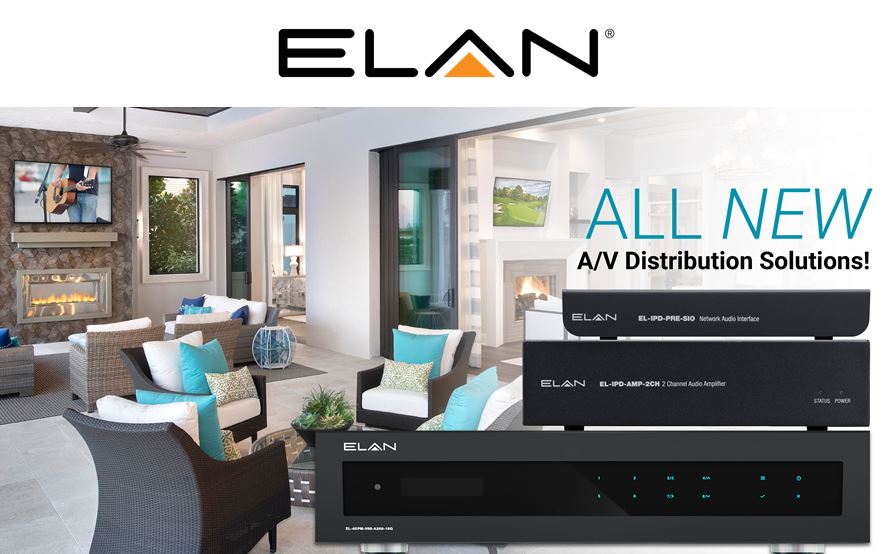
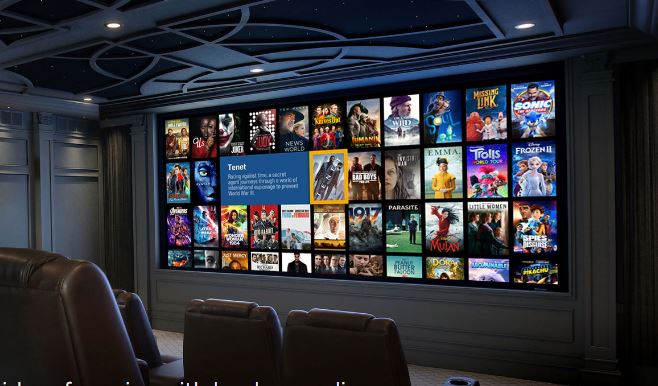
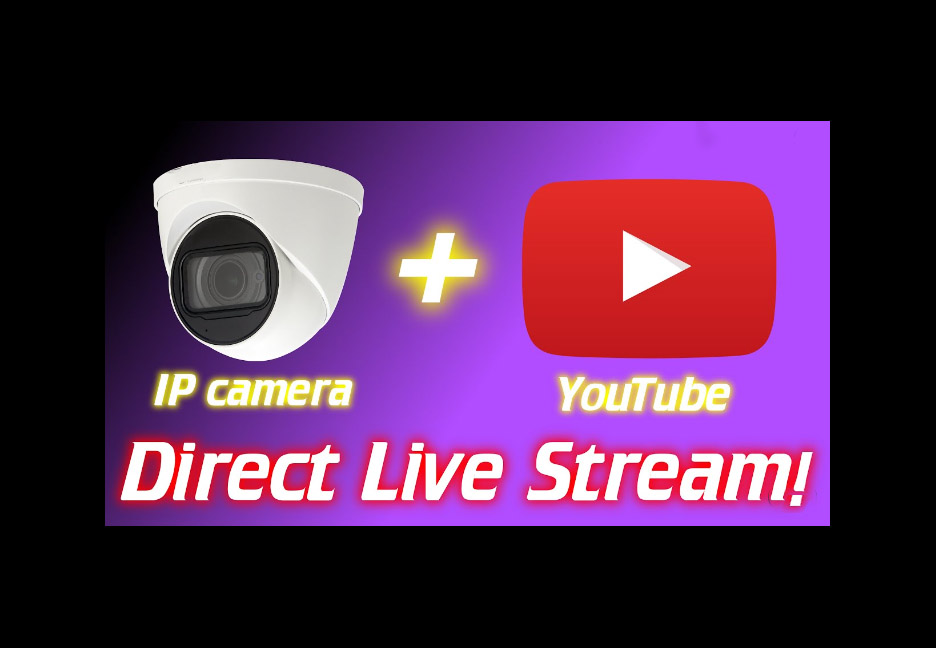
Leave a Comment